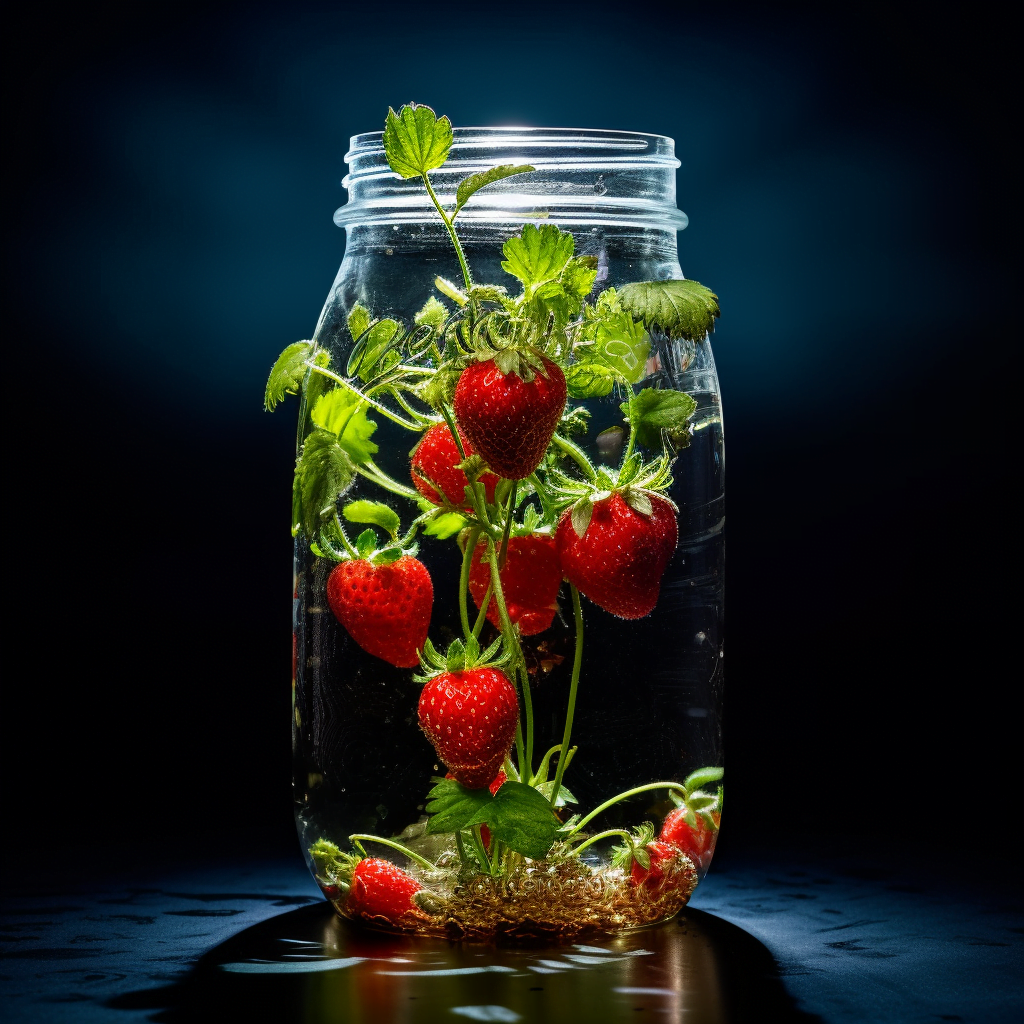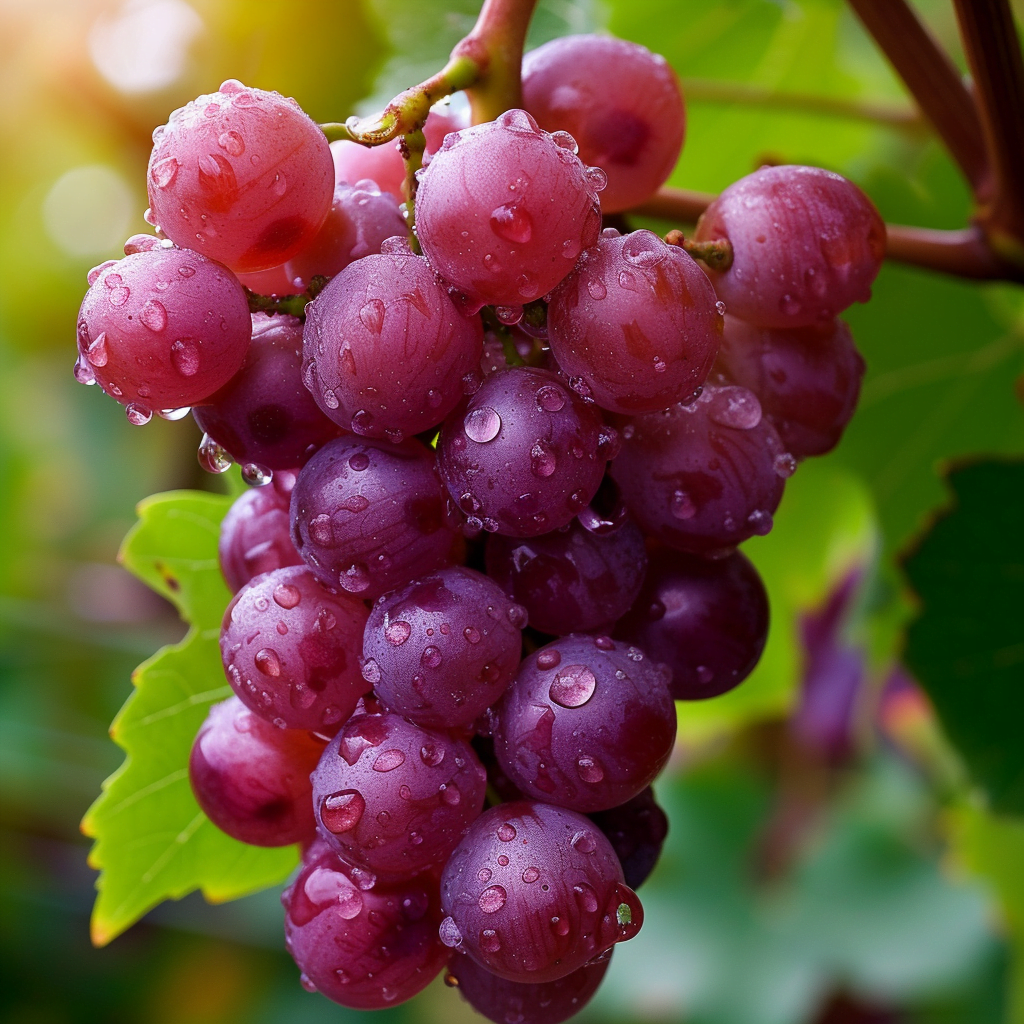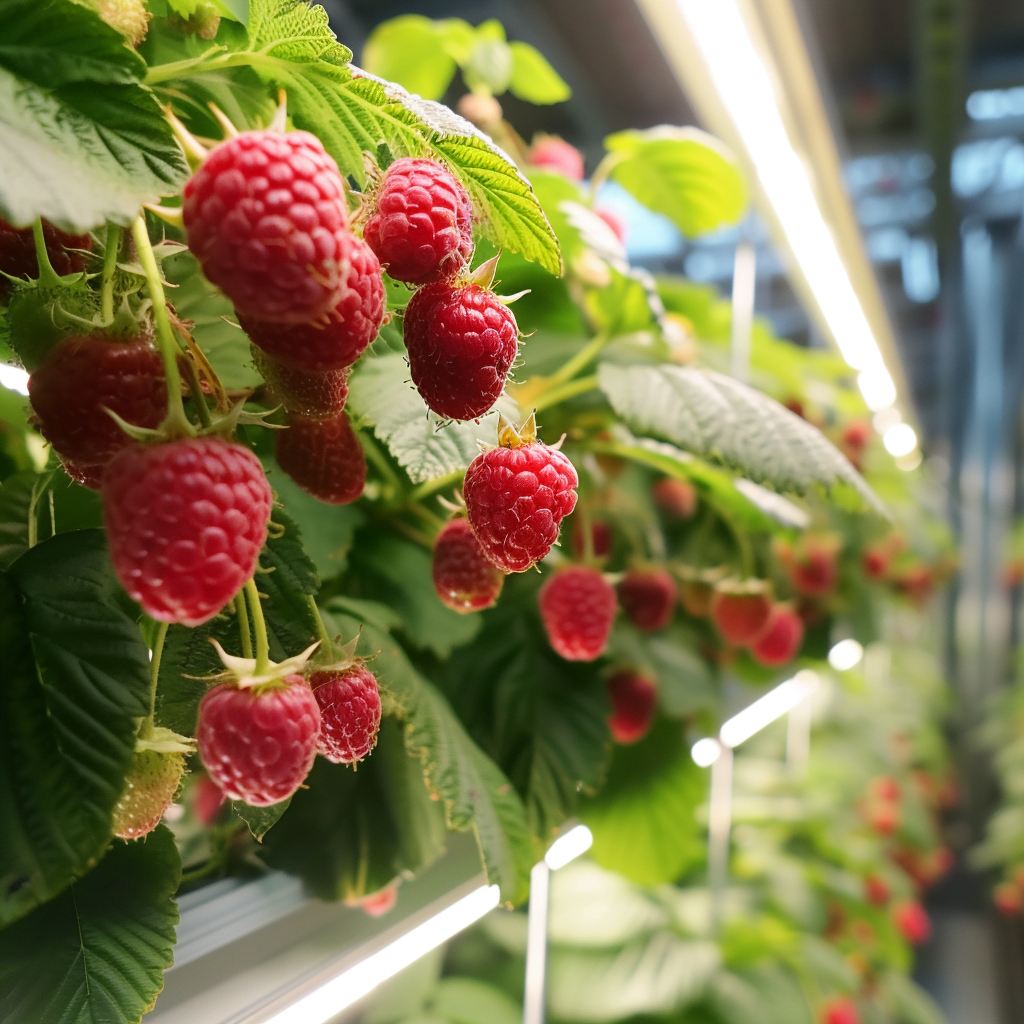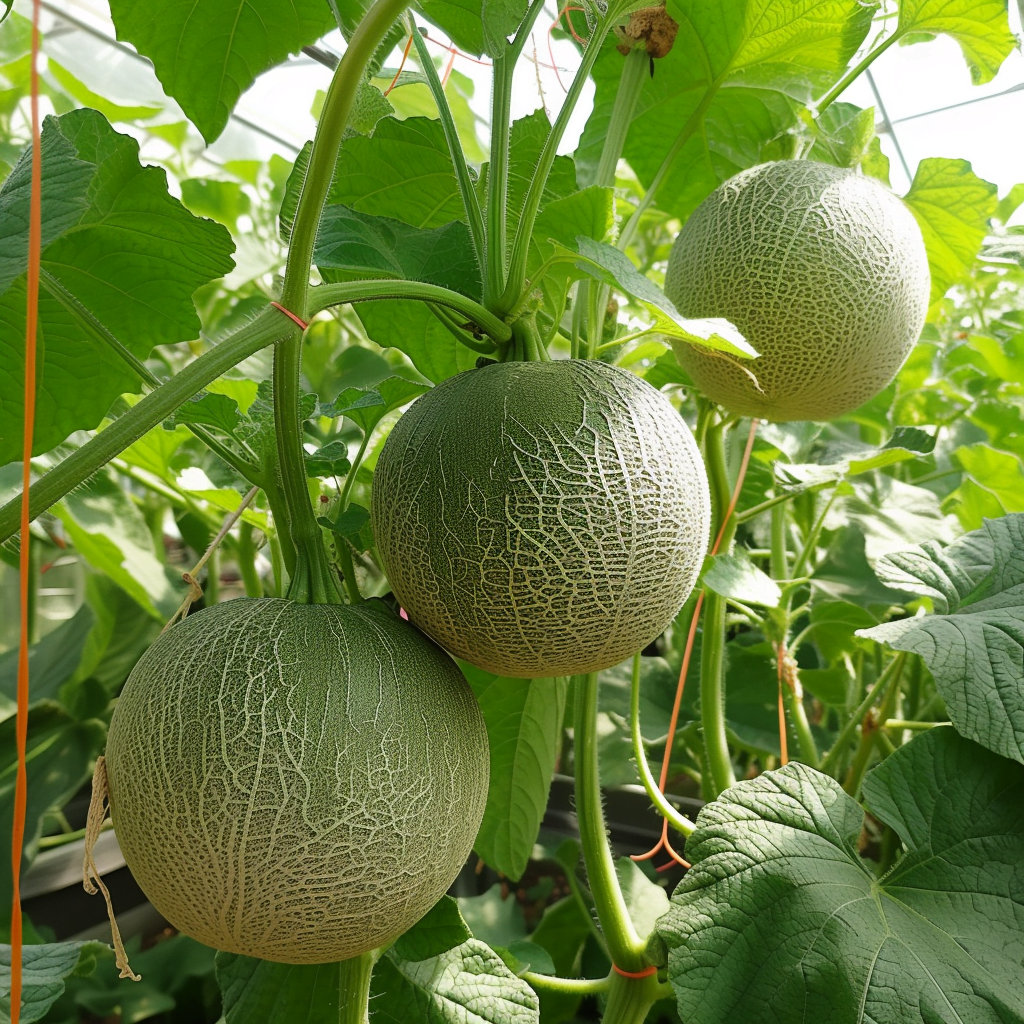Hydroponic gardening has many benefits compared to traditional soil gardening. By growing plants in nutrient-rich water instead of soil, plants often yield more, grow faster, and are less prone to diseases and pests. This makes hydroponics an excellent method for growing flavorful, juicy strawberries!
Can I Grow Strawberries Hydroponically? Yes you can… In this detailed guide, you’ll learn everything you need to know about selecting the right strawberry varieties, setting up your hydroponic system, caring for your plants, and harvesting buckets of sweet hydroponic strawberries.
Selecting the Right Strawberry Varieties for Hydroponics
Choosing the right strawberry varieties is critical for success with hydroponics. You have two main options – day-neutral and June-bearing strawberries.
Day-Neutral Strawberries
Day-neutral strawberries produce fruit throughout the growing season instead of one big flush. They will keep producing berries for 4-6 months under the right conditions.
Some excellent day-neutral varieties to consider include:
- Tristar – Consistently high yields, produces conical berries with great flavor. Moderately resistant to diseases.
- Tribute – Vigorous producer, large berries with good shelf life. Susceptible to powdery mildew.
- Seascape – Extremely productive with good heat tolerance. Berries have good flavor but soften quickly.
- Albion – Mild sweet flavor, compact growth habit. Resists fungi and powdery mildew.
June-Bearing Strawberries
June-bearing strawberries produce a heavy crop for 2-3 weeks in early summer rather than continuously. They have a larger berry size and richer strawberry flavor than day-neutral varieties.
Recommended June-bearing varieties include:
- Chandler – High yields, large fruit size, excellent flavor. Prone to disease like verticillium wilt.
- Camarosa – Very sweet, intensely flavored berries. Can develop black spots on fruit.
- Sweet Charlie – Extremely sweet berries and vigorous yields. Smaller berry size.
For continuous harvests over an extended season, day-neutral varieties like Tristar and Albion are your best option. However, June-bearers like Camarosa produce fewer runners and larger, tastier individual berries.
An ideal approach is to plant a combination of both day-neutral and June-bearing varieties. This will give you an extended harvest window along with exceptionally sweet, flavorful berries from the June-bearers.
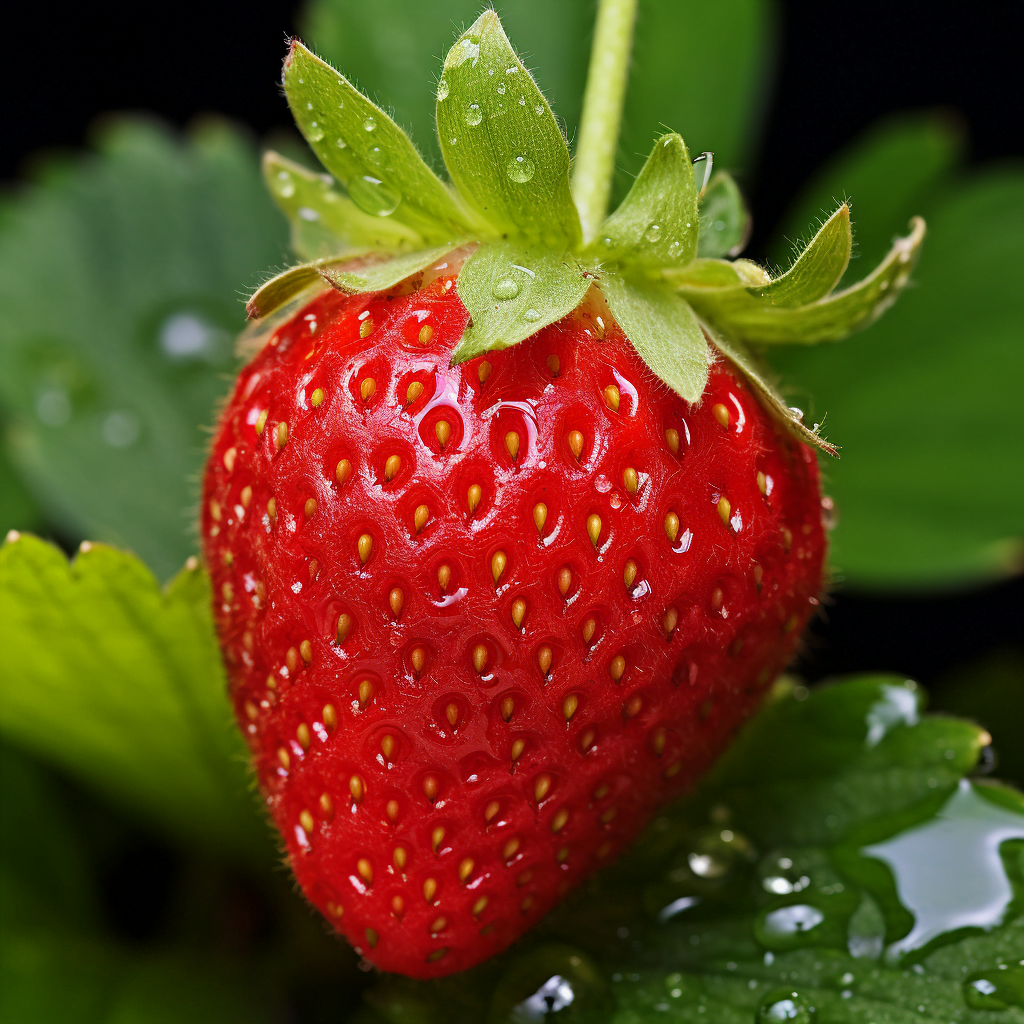
Setting Up Your Hydroponic System
When cultivating strawberries hydroponically, you need to setup an appropriate system to deliver nutrients and oxygen to the roots while stabilizing and supporting the plants.
Several types of hydroponic systems work well for growing strawberries, including:
- NFT (Nutrient Film Technique) – Plants sit in plastic grow channels. A shallow stream of nutrient water flows past the roots. Requires no grow medium.
- Drip System – Plants sit in an inert grow medium like perlite or coconut coir. Nutrient solution drips onto the roots.
- Ebb & Flow – Roots sit in grow medium. The system intermittently floods the root zone, then drains.
- Raft System – Plants sit in slots in a floating foam raft. Roots hang down into nutrient reservoir.
For a small home hydroponic strawberry system, a simple drip irrigation setup is often easiest to manage. Here is an overview of what you’ll need:
- Growing Bins – Use plastic bins, buckets, or other containers with drainage holes. Avoid metal containers.
- Growing Medium – Use inert media like perlite, coconut coir, clay pebbles, or loofah sponges.
- Drip Irrigation – A drip system with a timer, pump, and 1-2 gal/hr drip emitters.
- Reservoir – A nutrient reservoir tank, typically 20-100 gal depending on system size.
- pH Kit – Essential for monitoring your nutrient solution.
- Nutrients – Use a complete hydroponic nutrient blend like the General Hydroponics Flora series.
- Lighting – CFL or LED grow lights if growing indoors. Optimizing natural light outdoors.
Make sure to optimize light exposure, ventilation, and maintain nutrient temperatures between 65-75°F. The initial setup may seem involved, but once everything is dialed in, a home hydro system can produce pounds of fruit with minimal effort.
Planting and Caring For Your Hydroponic Strawberries
To get started, you’ll need bare-root transplants, often called “plugs” or “runners”. Do not use seeds – they take too long to fruit. Order plugs from a specialty nursery either mail order or pick your own.
Before planting, inspect the transplants and remove any flowers, fruits, dead leaves, or unhealthy tissue. Trim off the lower quarter inch from each root plug to promote new root growth. Soak the bare roots for 30-60 minutes before planting into your hydroponic system.
Space the plants 10-12 inches apart in your growing channels or containers. For adequate pollination, use a small brush or cotton swab to hand-pollinate the flowers by gently transferring pollen between blooms. No bees required!
Ongoing Care Regimen
- Check pH daily and adjust to maintain a range of 5.5-6.5. Going outside this range causes nutrient lockout.
- Monitor the EC (dissolved salts) using an EC meter and keep your nutrient solution between 800-1500 microsiemens/cm.
- Use calcium-magnesium supplements to prevent blossom end rot and other deficiencies.
- Prune off all runners regularly so plants direct energy into fruit production rather than spreading.
- Keep moisture consistent. Strawberries are prone to tip burn if allowed to dry out.
- Scout for pests like spider mites and diseases. Catch issues early and treat organically.
- Replace plants after 4-6 months of harvests to maintain vigor.
With good nutrient management and care, your hydroponic strawberries will flourish!
Harvesting Your Hydroponic Strawberries
You can begin harvesting ripe strawberries about 8-12 weeks after first planting your transplants into the hydroponic system.
Pick berries every 2-3 days as they ripen. Gently twist to remove fruit with a portion of the stem still attached. Immediately refrigerate or process harvested berries.
Each transplanted strawberry plant can produce 1-2 pounds of fruit per growing season under optimal hydroponic conditions. The total yield per square foot of growing area often ranges from 2-4 pounds.
To extend shelf life, store freshly picked berries in the refrigerator for 5-7 days maximum. Strawberries freeze exceptionally well for long-term storage – simply wash, hull, pat dry, and freeze in a single layer on a sheet pan before transferring to bags or containers.
Troubleshooting Common Hydroponic Strawberry Issues
Even when following best practices, you may occasionally run into problems when cultivating hydroponic strawberries. Here are some common issues and solutions:
Nutrient Deficiencies
Yellow or brown leaf tips indicate a calcium deficiency. Add a calcium supplement to correct. Nitrogen deficiencies cause pale leaves – increase nitrogen levels accordingly.
Pests
Spider mites are the most common pest that attack strawberry plants. Knock them off with strong streams of water and introduce predatory mites if infestations persist.
Diseases
Gray mold, white mold, and verticillium wilt are some fungal diseases to watch for. Prevent them by allowing for good airflow and low humidity. Remove any infected plant parts immediately to stop spreading.
Poor Flowering and Flavor
This is often caused by sub-optimal pH and nutrient levels. Test your water frequently and adjust accordingly. Supplement with calcium-magnesium for best fruit quality.
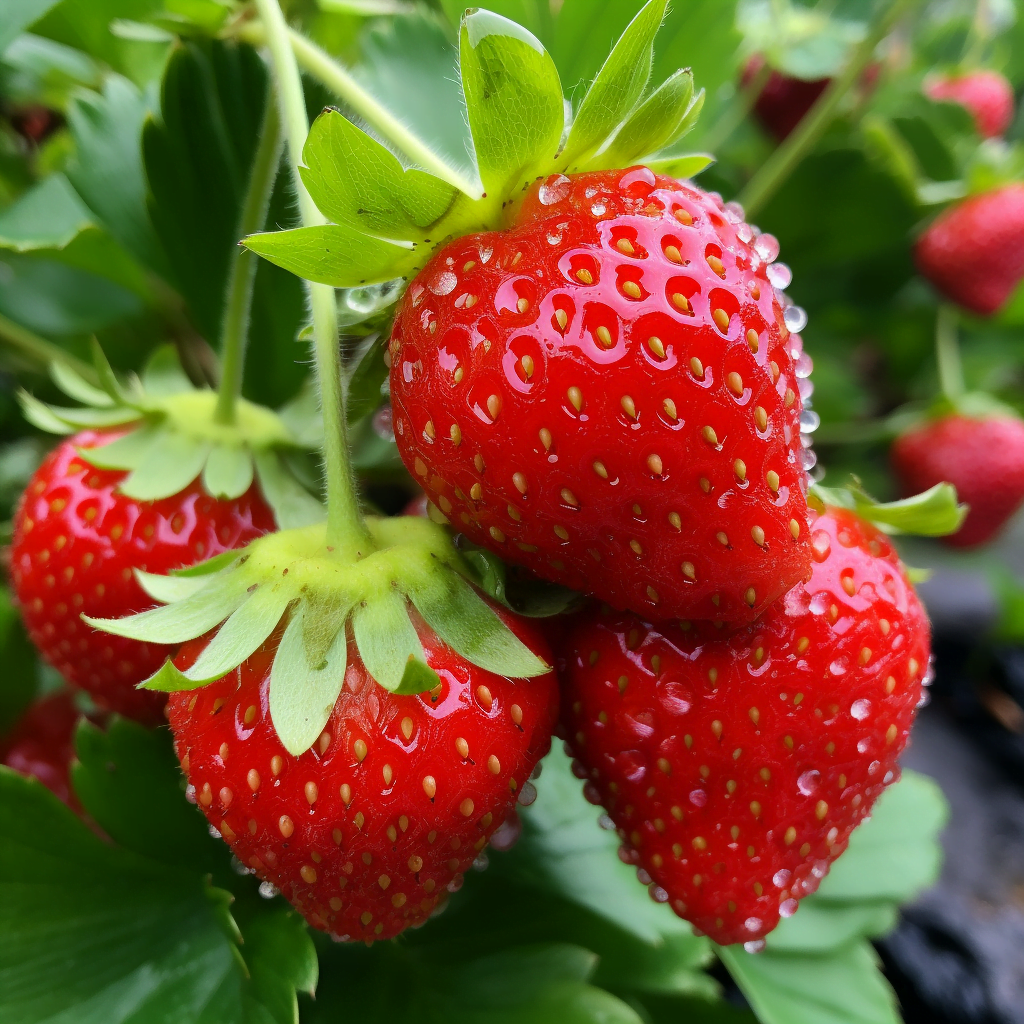
Wrapping Up
With the information provided in this comprehensive growing guide, you now have everything you need to know to successfully cultivate bountiful hydroponic strawberries indoors or outdoors.
The results are incredibly rewarding – home-grown strawberries bursting with sweetness that you can harvest for months.
Hydroponics makes growing your own juicy, flavor-packed berries possible year round. We covered choosing varieties, setup, care, troubleshooting, and maximizing harvests.
